Condensation or fogging on your home’s windows can be worrisome. Winter is a common trigger, but this window condensation issue can happen year-round. Understanding the mechanics of your home and windows can help eliminate or reduce the possible damage caused by chronic condensation.
Window Condensation Causes
There are a variety of factors that can cause condensation and foggy windows.
Ventilation & Airflow
“Homeowners often don’t realize how important ventilation and airflow are in a home.” ~ Paul Schmidt
“Homeowners often don’t realize how important ventilation and airflow are in a home,” said AMEK Exteriors co-owner Paul Schmidt. Ventilation throughout the home including the attic and basement are critical to the home’s “well being”. In addition, double-pane and triple-pane windows can minimize condensation issues, but they can still happen because it’s usually not the window itself causing the problem.

It mostly comes down to moisture levels and air movement. Keeping the balance between air temperature and humidity levels can be challenging. You might see signs that adjustments (throughout the year) need to be made if you are starting to see condensation form on the windows.
Air Temperature Differences
Colder air generally can’t hold as much moisture. Extreme temperature differences can set up a greenhouse effect – below zero temperatures outside with temperatures 70 degrees or warmer on the inside. The air next to the window glass cools down causing it to form water droplets. This is known as the dew point.
Seasonal Changes

Sometimes, condensation is short-term like when the seasons change and you close up the house and turn on the furnace or air conditioner. A new home or one that has had extensive remodeling can have extra moisture as the building materials like concrete, carpet, sheetrock and wood dry out.
Window Rot – Hidden Damage
Condensation that happens regularly and for a lengthy period of time can deteriorate window frames and can cause major rotting around windows and doors which can lead to widespread development of mold and related health impacts plus compromised structural integrity from rotted wood.
“We’ve seen an increase in moisture issues caused by improper installation of windows and improper design of ventilation systems.” ~ Paul Schmidt
“We’ve seen an increase in moisture issues caused by improper installation of windows and improper design of ventilation systems,” said Paul who specializes in fixing construction defects. “Condensation on your windows might just be your first visible warning sign something isn’t right.”
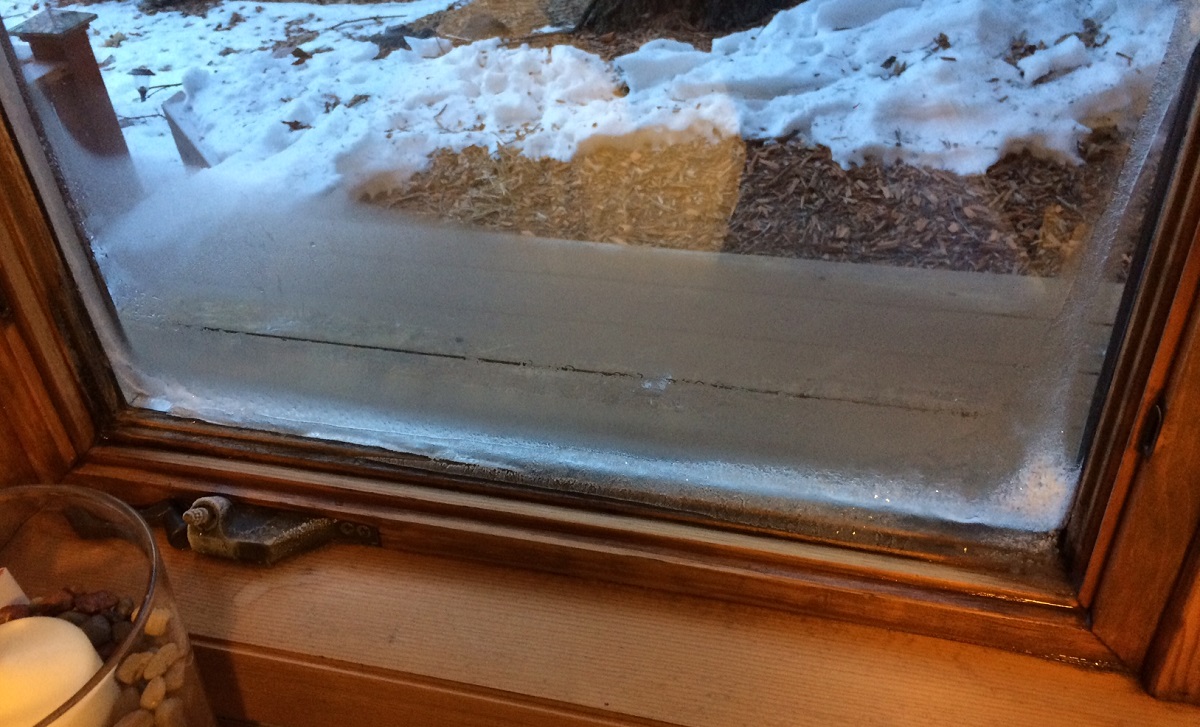
Common remediation repairs can involve removing windows and examining them to see if they can be reused or if new windows are required. In addition, the surrounding wall framing may need to be replaced if it’s rotted. The critical component is using the correct installation techniques when putting the window and wall back together to prevent future issues.
Window Condensation Issues in New Homes
Occasionally, you may experience condensation on windows in your new home. Not to worry. This can be a common problem and caused by:
- Airtight energy efficiency
- No or uncalibrated ventilation system
- Change of seasons
- New products drying out
Because newer homes are becoming more airtight and energy efficient, there is less airflow through gaps like there used to be. To give your home “an adjustment”, opening a door or window for 15 to 20 minutes occasionally can help equalize the moisture levels and provide some needed fresh air providing the relative humidity outside is less than the relative humidity inside.
“On new homes, it’s really important to integrate a ventilation system into the home’s building envelope.” ~ Paul Schmidt
“On new homes, it’s really important to integrate a ventilation system into the home’s building envelope, so we install a heat recovery ventilator or a energy recovery ventilator to make sure there is a regular exchange of fresh air and prevent excessive moisture issues like window condensation,” Paul says.
When It’s Time To Replace Your Windows
Another problem can occur when window seals have failed and the condensation is happening between the window panes. This fogging can happen if the windows are old and need to be replaced or if the windows were improperly made or installed. This problem isn’t as detrimental as condensation issues. Windows with this issue may not be as effective and look unsightly. Check to see if the window’s warranty has expired to see if you can get it fixed or replaced. If under warranty, the manufacturer will provide the glass for free, but you have to pay a professional to install it or do it on your own.
Reducing Window Condensation At Home
So what are some situations and how can they be altered to be balanced out to reduce window condensation?
-
Over-active humidifier
Perhaps, the humidifier is set too high for the capacity of what the air can hold based on the temperature, so try reducing the humidifier setting and see if that helps.
-
Closed blinds or curtains
Closing curtains or blinds can also disrupt the airflow to the windows causing condensation – leaving a larger gap at the bottom or side of the curtain or blind is all it takes to clear up the problem.
-
Extra guests taking showers
Having extra people in the house taking showers or doing laundry can be enough to change the humidity level in the house especially in the winter when windows would be closed not allowing some moisture to escape. Turn on the bathroom fan or leave a window open afterward for a couple minutes.
-
Additional cooking
Same goes with doing additional cooking without the exhaust fan going.
If trying these tactics to clear condensation doesn’t work, It may be time to call the professionals. Contact AMEK Exteriors for further help in identifying causes and solutions to your window condensation challenges.

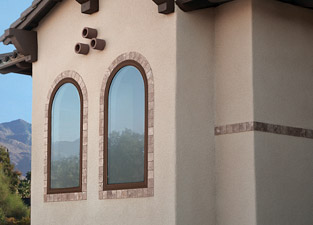
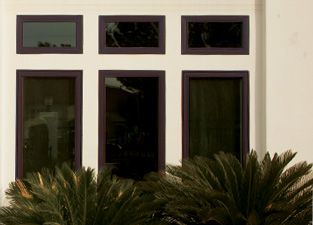

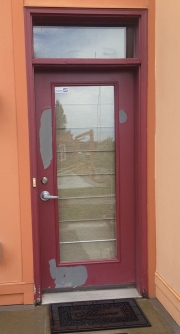


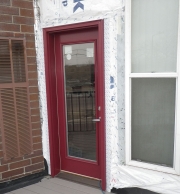
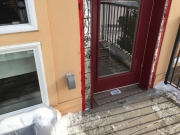
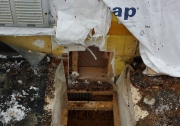



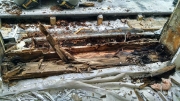

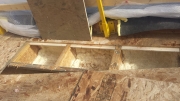
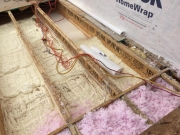

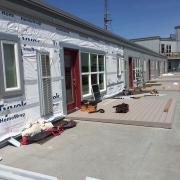
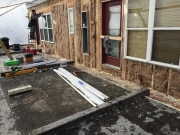
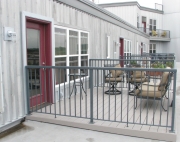



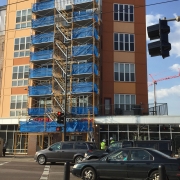
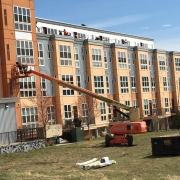
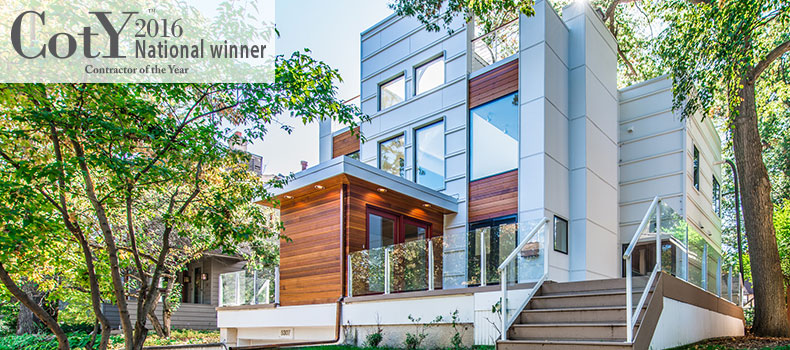









 While those are the cosmetic and structural problems related to water in your home, a major health concern results when that water causes mold to form inside a house.
While those are the cosmetic and structural problems related to water in your home, a major health concern results when that water causes mold to form inside a house.